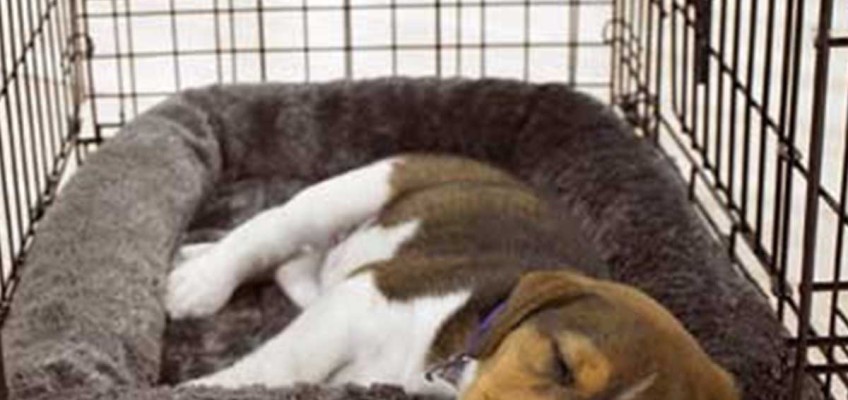Getting a new dog or puppy can be a tremendously happy moment for any family. That happiness can soon turn to frustration if you fail to establish proper boundaries and management when you aren’t around to supervise your new puppy. The first place to start with a new dog is establishing a housebreaking routine, if you’re in South Orange County, SoCal K9 Training can help.
Housebreaking will relieve one of the more frustrating training issues for new owners. House training means your dog should learn when and where to do his business. There’s no secret to house training, it’s simply setting a schedule and creating a potty training routine. Over the next few weeks your dog will quickly learn not to eliminate in the house or other undesired areas.
Puppies have very little control over their bladder and bowls until the age of 16 weeks. Making sure your new puppy has plenty of opportunity to potty outside, will greatly reduce accidents in the home. As time goes on and the dog develops more control, you can gradually reduce the number of trips outside. Look for signs that your puppy may need a trip outside to go potty, sniffing the ground, circling in a small area are indications that your dog needs to go potty. Anytime your new puppy has a heavy play session (I lovingly refer to it as the zoomies, aka the crazy low butt run), be sure to take him outside as soon as possible. Dogs are creatures of habit and will learn to tell you they need a trip outside, either by standing at the door or getting your attention and heading towards the door. Consistency is key in dog training, especially house training.
Crate training is another essential tool in housebreaking your new dog or puppy. When ever you are not able to supervise your dog or need to leave the home, your dog should be crated until they are properly house trained and have learned manners in the home. There are a variety of crate styles to choose from, everything from wire crates to designer crates that match your interior decor. The crate should be just big enough for your new dog or puppy to lay down and turn around in. By nature dogs are clean animals, and want to keep their “den” clean. Crating will help train your dog to control their bladder, and prevent housebreaking accidents in the home. Remember, the crate should never be used as a punishment.
Each time you take your new dog to go potty, make sure to “mark” the behavior. Many people use the term “Go Potty”, but really you can choose any phrase you like – just make sure to continuously use the same command. Once you dog goes potty, praise them and mark the behavior, followed by a treat. If you prefer your dog to use one area of the yard, be sure to leash your dog and train them to go in the same spot every time. It’s also important to remember that dogs are clean animals, pick up after your puppy every time they poop.
If your dog does not go potty outside on schedule, bring them back in the house and place them in their crate for 5-10 minutes. Take your dog back outside to the designated area and give the “Go Potty” command again. Repeat this housebreaking process until your dog completely eliminates. It may seem like a time consuming process, but without consistency and containment your new puppy may learn some bad habits that will only lead to frustration.
Keep it positive and remember that if you don’t set the expectation your dog will!

